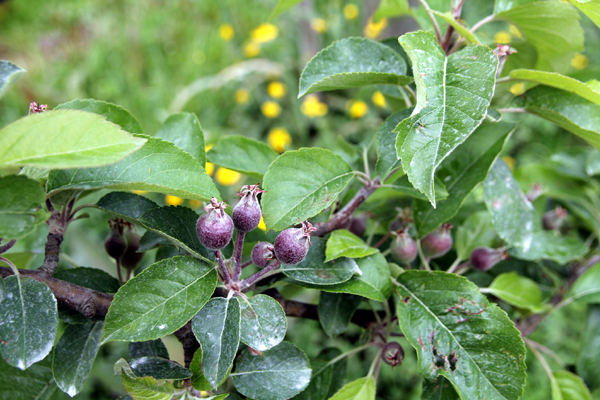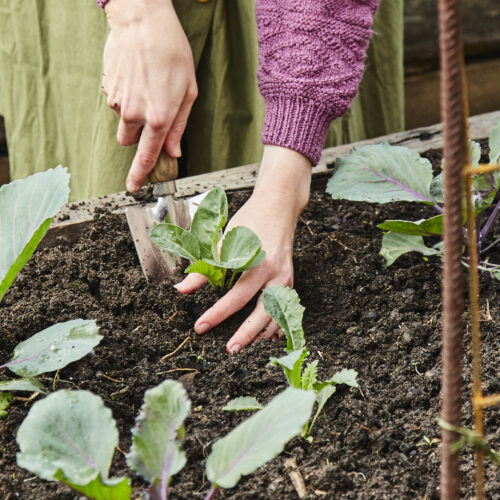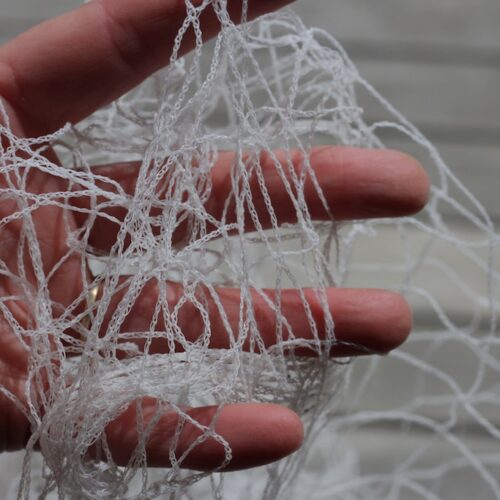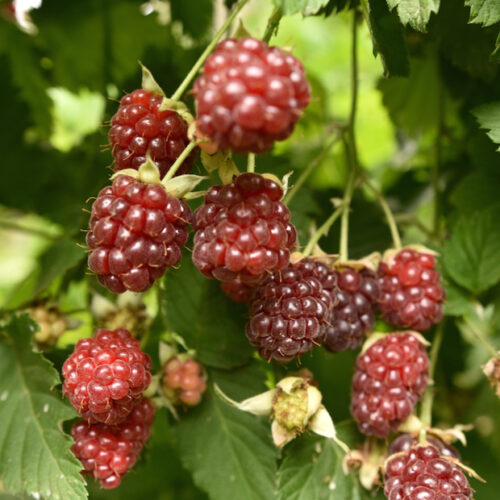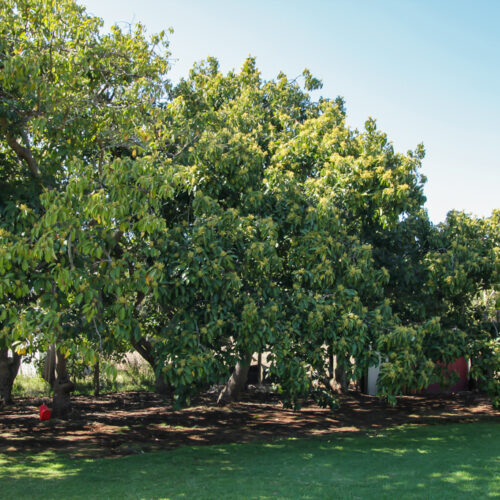Gardening jobs for November
2016-10-26T22:00:00+11:00
As spring morphs into summer, check out JUSTIN RUSSELL's handy gardening guide.
Scale is one of those pests that inevitably takes up residence in your garden, regardless of whether you live in Darwin or the Derwent Valley. Scales are insects that infest branches and leaves, where they feed on plant sap and excrete “honeydew”, a sweet, sticky substance that often causes a secondary problem – sooty mould. Scale insects protect themselves with a waxy coating, a bit like a fish scale.
This coating makes them hard to control. Oil sprays work on some types of scale, but rarely cleans up others. The same goes for soap sprays. Lime sulphur helps when applied in winter. As does a few heavy frosts. But there’s a more foolproof method. If time and patience allows, grab an old toothbrush, a bucket of soapy water and be prepared to use plenty of old-fashioned elbow grease. Scrub the scale-infested branches thoroughly, wash them clean with a hose and you’ll return your plants to health.
On the fungal front, November is the month when young spring growth can become infected with diseases such as blackspot, mildews and rust. Avoid using lime sulphur at this time of year (it will burn foliage), and instead spray plants with either copper hydroxide, potassium bicarbonate or simply a mix of one part milk to nine parts water. Copper is a broad-spectrum fungicide, bicarb is good for blackspot, and milk (or whey) is particularly effective at controlling mildews. Ask at your local nursery if you’re not familiar with organic fungicides.
If your lawns have bare patches in the grass where weeds can get a foothold, should you reach for a bottle of weed-and-feed and spray the entire lawn? I’d argue no, it’s better to use a combination of organic techniques. Try a flame weeder or a vinegar herbicide to “spot spray” individual weeds.
At my place, bindii prickles manage to get established in a few large clumps. Walking across a bindii-infested lawn is like walking across shattered glass, so spend a bit of time each week digging up the plants before they set seed. They thrives in poor, compacted soils. To help keep them at bay it’s necessary to improve the soil, increase moisture penetration and fertilise the grass to get a dense, weed suppressing coverage of turf. Apply fish emulsion or organic lawn pellets to get the grass cranking and give the weeds a spanking.
As little fruitlets develop into mature pieces of fruit, birds start arriving to test for edibility. Parrots especially, tend to take a bite out of multiple pieces of fruit, realise that they’re not yet sweet, then move off until the sugars have developed. The result is a tree laden with pierced fruit. Pierced skin allows bacteria and pests to enter the fruit causing it to spoil, so it’s a good idea to get nets on your trees now, before the birds really get in and have a field day. You could simply drape a net over the tree, though I find that after a couple of months, new foliage has grown through the netting and it becomes very difficult to remove cleanly.
A better option is to support the netting with a frame. A common technique is to use polypipe arches as supports. These can be installed each spring, then removed and stored once the fruit has been harvested. They should last for a decade or longer. A tip: Visit your local irrigation supplier and ask whether they have any polypipe offcuts available. You can usually pick these up a lot cheaper than buying full rolls. If you’re concerned about waste at the end of the poly’s useable life, other netting support options are to install wires or timber frames.

